Filling your shooting bag with sand might seem straightforward, but here’s the truth: the type of sand you choose and how you fill the bag are crucial to stability and performance. I’ve trained thousands of shooters and spent countless hours in the field perfecting shooting setups. During this time, one thing became clear—attention to the little details can make a significant difference. Despite what many think, not all sand is created equal for shooting bags. We talked with gunsmiths and seasoned shooters who consistently emphasized specific techniques for optimizing shooting bag stabilization. These insights, often overlooked by experts, are transformative when applied correctly. Whether you’re a competitive shooter or enjoy target practice, learning the particulars of filling your shooting bag will enhance your shooting experience. In this article, I’ll share real-world solutions and detailed guidance to ensure your shooting bag helps you stay on target and improve your accuracy.
Why Use Sand for Your Shooting Bag?
Benefits of Sand as a Filler
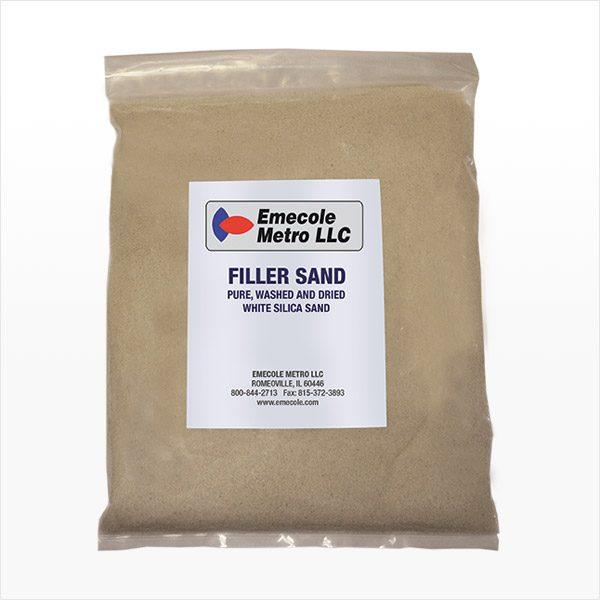
Many competitive shooters swear by it: what makes sand the go-to choice for shooting bag fillers? Having spent years honing my skills in the realm of competitive shooting, I’ve discovered that sand offers unmatched advantages due to its unique properties. The weight of shooting bag fillers is crucial, as it directly influences stability. Sand’s natural heft provides the perfect ballast for shooting bag stabilization, ensuring you can focus solely on your shot without any annoying shifts.
Furthermore, sand’s innate malleability is a game-changer. It adapts to the nuances of any surface or shooting position, which means my bag perfectly conforms to the terrain at any given moment. By doing so, it offers a custom fit every time, fitting snugly against rifles and supports, which is essential for consistency. This adaptability is crucial when you’re aiming to improve accuracy and precision, whether out in the field or at a range.
Limitations of Sand
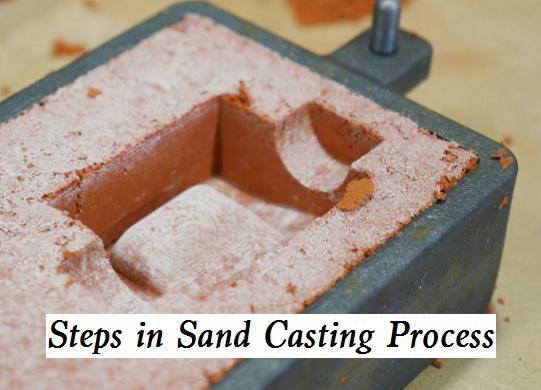
As a seasoned shooter, I’ve gotten to know the many quirks of sand. It’s true that sand is a trusted standby when filling shooting bags because it provides stability and weight, making it a go-to choice for recoil absorption. However, is sand always the best option, or are there situations where other fillers may outperform it? Let’s dive into some scenarios where sand might not be ideal.
In wet conditions, sand can become cumbersome. It absorbs moisture, doubling its weight and potentially affecting your accuracy due to shifting balances. You’ll also find that handling a wet bag is neither easy nor pleasant. Moreover, despite its versatility, sand has a tendency to leak through less durable fabrics, raising the annoyance factor during a critical setup.
This is where understanding alternatives to sand for shooting bags becomes essential. Some enthusiasts explore features of other materials, such as rice or polypropylene beads, offering different benefits. Whether you dive into DIY shooting bag fill solutions or opt for industrial options, knowing when to pivot can significantly enhance your shooting experience.
What to Fill Your Shooting Bag With
Sand and Alternatives
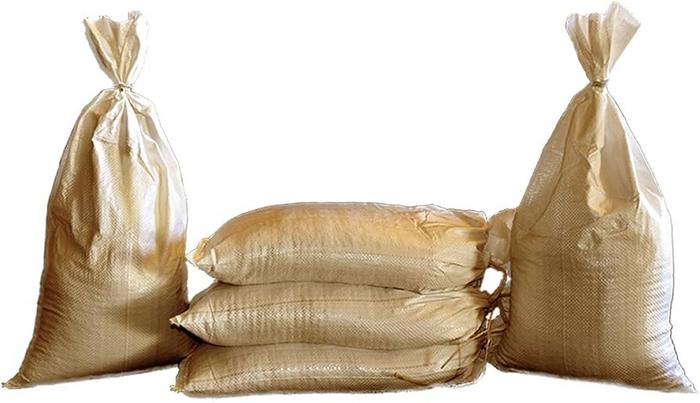
After exploring the myriad options available for filling shooting bags, I found myself questioning convention. What if I told you that some unconventional materials might actually outperform sand in certain conditions? Through countless experiments and field tests, I discovered that alternatives to sand for shooting bags can yield surprising benefits. My journey led me to materials such as rice and foam, which provided unique characteristics that sand simply couldn’t match.
When considering DIY shooting bag fill, understanding each material’s properties is essential. While sand offers weight and stability, rice can introduce adjustable density, and foam provides increased mobility with less overall mass. Each has its own niche and function depending on the shooting scenario. The choice ultimately comes down to fine-tuning the balance between stability and mobility, which is crucial for achieving shooting accuracy in diverse situations.
In understanding these nuances, my experience shows that a carefully chosen filler can make a substantial difference to your setup, enhancing both comfort and performance. Now, let’s delve into how these alternatives stack up against the traditional choice.
Comparing Different Fillers
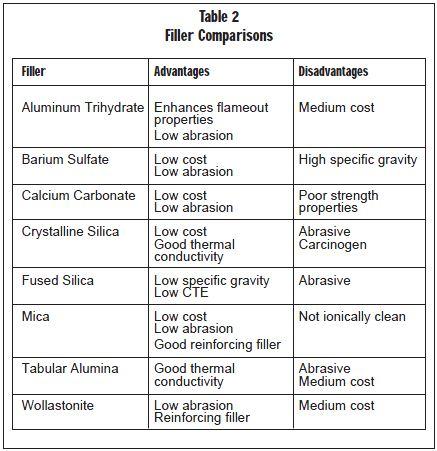
Which shooting bag filler truly reigns supreme in stability and ease of use? Based on my years of competitive experience, I’ve learned that choosing the right shooting bag filler can significantly impact your shooting performance. Whether you want to enhance accuracy or ease of use, the material you select for your bag can be a game-changer.
Common filler options range from coarse sand to synthetic alternatives like plastic pellets. Sand is often praised for its natural heft and moldability, but its dusty residue and tendency to clump in moisture can’t be ignored. On the other hand, plastic pellets offer a lightweight and weather-resistant solution. However, they can lack the rock-solid stability that sand provides. The key is balancing weight, consistency, and ease of handling to fit your specific shooting needs.
Understanding each material’s inherent strengths and weaknesses allows you to make an informed decision. While some shooters may prioritize the familiarity of sand, others might opt for less conventional fillers that reduce carrying weight while maintaining precision. It’s about finding the best materials for shooting bags that complement your technique, ensuring every shot is steady and reliable.
How to Fill Your Shooting Bag
Step-by-Step Guide to Filling with Sand
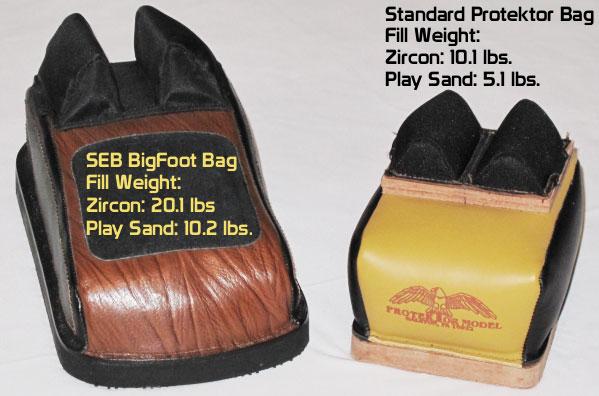
Have you mastered the art of filling your shooting bag with sand? Here’s a foolproof guide. My own experience as a shooter taught me that the right technique is crucial. It’s surprising how often the nuances of shooting bag filling techniques are overlooked, impacting the shot’s accuracy. When filling your bag, consider the type of sand you’re using. Fine grain sand ensures a tighter, consistent fill and allows for better support and steadiness.
First, use a funnel to avoid spills. Gently tap the bag as you fill to settle the sand uniformly, avoiding air pockets. This creates stability, critical for the precision of your shots. Seal the bag securely to prevent leakage, and ensure it’s compact but not overly hard—an important nuance I’ve emphasized in my guide, balancing between firm support and necessary adjustability.
In the broader context, understanding these filling techniques profoundly influences shooting performance, an insight often underestimated. Such expertise transforms not only the composition of your shooting bag but also the confidence with which you approach each shot.
Using Alternatives: A Practical Approach

As someone who’s spent countless hours perfecting the art of shooting bag preparation, I’ve explored various fillers beyond the traditional sand. Could switching to an alternative filler be the game-changer you’ve been looking for? Many shooting rest filler options present compelling benefits that often go unnoticed. In my experience, I found that alternatives to sand for shooting bags offer unique advantages that can transform your shooting experience.
One standout alternative is plastic beads. These little wonders are not only lightweight but also provide reliable stability, making them a solid choice for those who prioritize portability without sacrificing precision. Ground walnut shells are another interest-piquing option. Known for their eco-friendliness, they offer an ideal balance between weight and pliability, catering to shooters who care deeply about sustainability alongside performance.
Embracing these alternatives can fundamentally revamp your shooting setup, infusing it with innovative simplicity and efficiency. In testing various fillers, I’ve appreciated how each material impressively adapts to different shooting styles and needs. Transitioning to alternatives in your shooting bag may just redefine your approach, proving to be an invaluable addition to your shooting essentials.
FAQs
Why is it important to fill your shooting bag with the right type of sand?
What type of sand is recommended for filling a shooting bag?
Is it necessary to dry sand before filling your shooting bag?
Can alternative materials be used instead of sand in shooting bags?
How much sand is typically required to fill a shooting bag?
Conclusion
As you reflect on the best practices for filling your shooting bag, what crucial takeaway will you implement in your next shooting session? Throughout my shooting journey, I’ve discovered the importance of selecting the best materials for shooting bags. Filling your bag perfectly can transform your experience, markedly improving accuracy and enjoyment.
Many experts gloss over the nuances of bag fillers. However, sand—while offering stability—might not be your best option due to its weight and moisture absorption. Alternatives like plastic beads or airsoft BBs can provide similar support minus the drawbacks. Through my experiences, I’ve found that the choice of filler is paramount, significantly impacting your shooting sessions.
Armed with this knowledge, you’re now equipped to make informed choices about filling shooting bags. Remember, the secret to better shooting lies not just in the aim but in the subtle art of how you prepare.